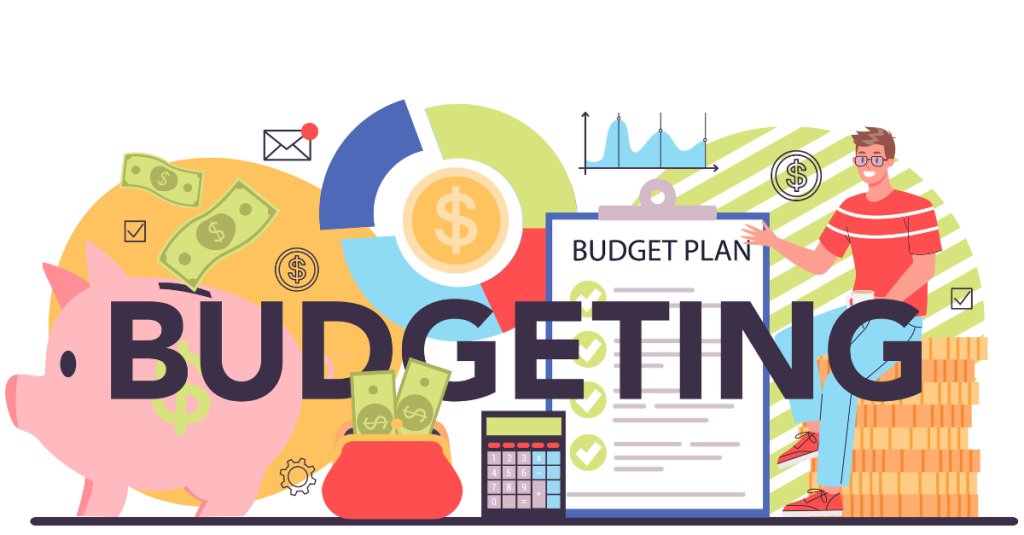Creating a budget is one of the most effective ways to take control of your finances. A well-structured budget helps you manage your income, track expenses, and ensure you’re saving for the future. Whether you’re new to budgeting or need a refresher, this guide will walk you through the steps to create a budget that works for you.
Step 1: Determine Your Income
The first step in creating a budget is to figure out how much money you make each month. Include all sources of income such as your salary, freelance work, rental income, and any side hustles. If your income varies from month to month, calculate an average based on past earnings.
Step 2: Track Your Expenses
Understanding your spending habits is crucial. Review your bank statements, credit card bills, and receipts to categorize your expenses. Break them into two main categories:
- Fixed expenses: Rent, mortgage, insurance, car payments, and utilities.
- Variable expenses: Groceries, entertainment, dining out, and other discretionary spending.
Tracking expenses for at least a month will give you a clearer picture of where your money goes.
Step 3: Set Your Financial Goals
A budget should align with your financial goals. Identify short-term and long-term goals, such as:
- Paying off debt
- Building an emergency fund
- Saving for a vacation
- Investing for retirement Setting specific, measurable goals will help keep you motivated and on track.
Step 4: Choose a Budgeting Method
There are several budgeting methods, and choosing the right one depends on your financial situation and personality. Some popular methods include:
- The 50/30/20 Rule: Allocate 50% of your income to needs, 30% to wants, and 20% to savings and debt repayment.
- Zero-Based Budgeting: Assign every dollar a purpose so that your income minus expenses equals zero.
- Envelope System: Use cash for different spending categories to prevent overspending. Experiment with different methods to find what works best for you.
Step 5: Adjust and Monitor Your Budget
Budgeting is not a one-time task; it requires regular review and adjustments. At the end of each month, assess how well you stuck to your budget. If you overspent in one category, find areas where you can cut back. Be flexible and realistic—your budget should evolve with changes in your financial situation.
Step 6: Utilize Budgeting Tools and Apps
There are several tools available to make budgeting easier, including:
- Mint – Tracks expenses and categorizes spending.
- YNAB (You Need A Budget) – Focuses on zero-based budgeting.
- PocketGuard – Helps prevent overspending by showing how much is left after bills and savings. Using a budgeting tool can automate the process and provide insights into your financial habits.
Step 7: Build an Emergency Fund
Unexpected expenses can throw off your budget. Aim to save at least three to six months’ worth of expenses in an emergency fund. Having a financial cushion will prevent you from going into debt when surprises arise.
Final Thoughts
Budgeting is a powerful tool for achieving financial stability and reaching your goals. By determining your income, tracking expenses, setting goals, and regularly reviewing your budget, you can create a financial plan that works for you. The key is consistency and adaptability. Start today and take control of your financial future!





